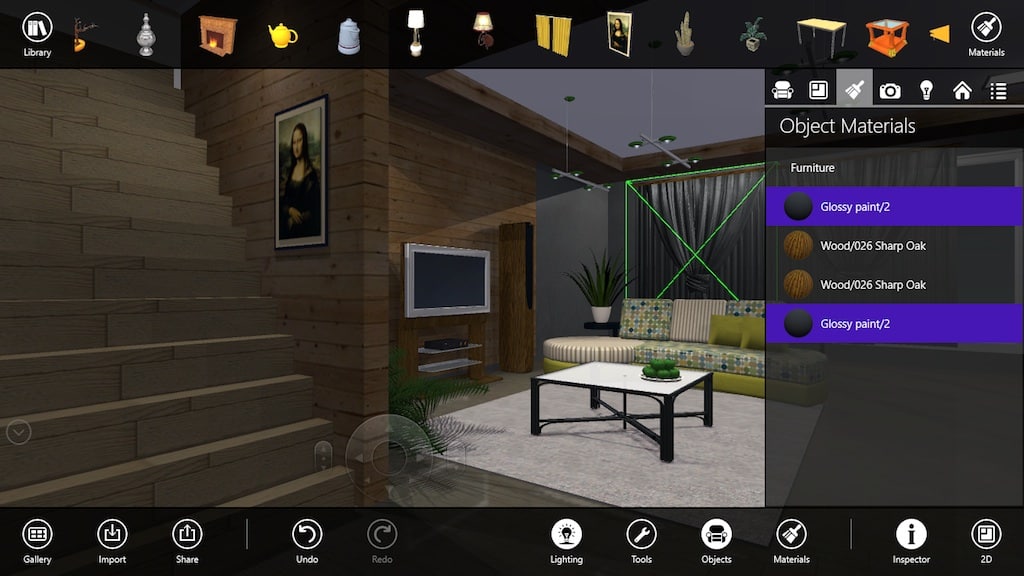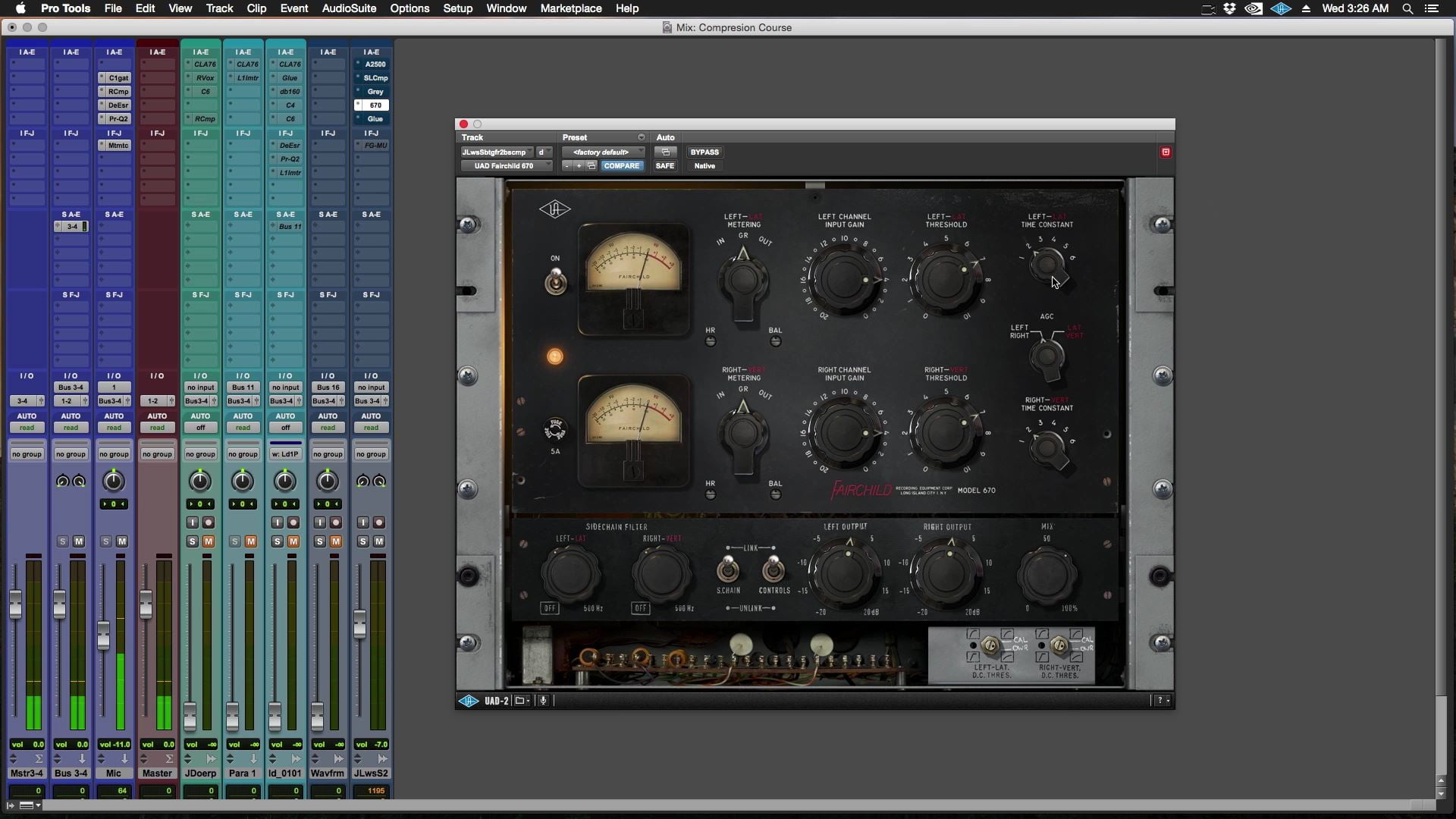

Click to set all the values to random values. Change this number to add or remove lines/angles to the current problem Toggle to show/hide the type of angle currently displayed. Select the mode, each option is a different angle type. The interactive clock angles activity can also be used in explaining angles. Using the vertically opposite rule, or spotting the supplementary angles.Īngles Glossary Acute Angle Any angle that is less than 90° Right Angle An angle that is 90° Obtuse Angle An angle greater than 90° but less than 180° Straight Angle An angle of 180° which makes a straight line Reflex Angle An angle greater than 180° Related activities Notice that only one angle is given and all the other 3 can be worked out The final mode deals with angles produced by an intersection of two lines. Problem followed by small adjustments to the lines by dragging. In this mode press =īutton to make all the angles equal. Mode behaves exactly the same as the previous. Supplementary angles are angles that add up to 180°. Such problems by selecting calculate from angles display, now press dice for a new Missing angle that needs to be calculated. In this mode a complementary angle is shown, complementaryĪngles add up to 90° Initially the 90° is split by just one lineīut this can be changed by selecting a different number of lines. Types definitions are listed in the glossary below. So now you can change the angle by dragging a handle or clicking Click the angle type ctrl to either show or hide the

Is great for identifying various types of angles. The initial mode is unique in that there is only one angle. The handles at the end of each line can be clicked and dragged Hidden the angle value next to the angle arc is replaced by the

In all the modes individual angles can be shown or hidden for exampleĬlick the angle (a).
#Protractor tool in live home 3d pro free
It can be used at a variety of different grade In Stock - Free 2-Day Shipping Tool for cartridge alignment and adjustment. The online protractor tool can be used to practice measuring angles. Similarly, we could have constructed OM on the 0-degree line first then placed point O on the 30 degree measure to draw OM.This activity allows manipulation and investigation of various We could also construct ∠OMP by placing OM on the 0 degree line on the right side of the protractor as long as vertex M is centered at the midpoint of the protractor. Lastly, draw segment MP with a straight edge.Then find 30 on the outside set of degree measures and mark it with point P.First, draw a line segment OM and put the protractor on the line such that vertex M lies on the midpoint of the protractor and OM lines up with the 0 line on the left side of the protractor.

For example, to draw ∠OMP having a measure of 30°: Protractors can also be used to draw an angle having a specific measure. Then, read the degree measure on the outside set of numbers where side TS intersects the edge of the protractor.
#Protractor tool in live home 3d pro tv
Similarly, you can place TV so the vertex is inside the hole of the protractor and lines up with the 0 line to the left side of the protractor. Second, make sure that TV is extended enough such that it goes through the edge of the protractor, then read the degree measure on the inner set of numbers where side TV intersects the protractors edge.First, place side TS so the vertex is inside the hole (the midpoint) of the protractor and TS lines up with the 0 line to the right.Whichever side you line up with the zero-degree line determines which set of numbers to use. When using a protractor, notice that the outside set of numbers goes from 0 to 180 degrees where the 0 is on the left side of the protractor while the inner set goes from 180 to 0 degrees where 0 is on the right side of the protractor. Most protractors measure angles in degrees (°). Home / geometry / angle / protractor ProtractorĪ protractor is a tool used to measure angles.


 0 kommentar(er)
0 kommentar(er)
